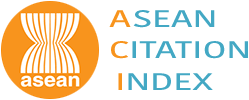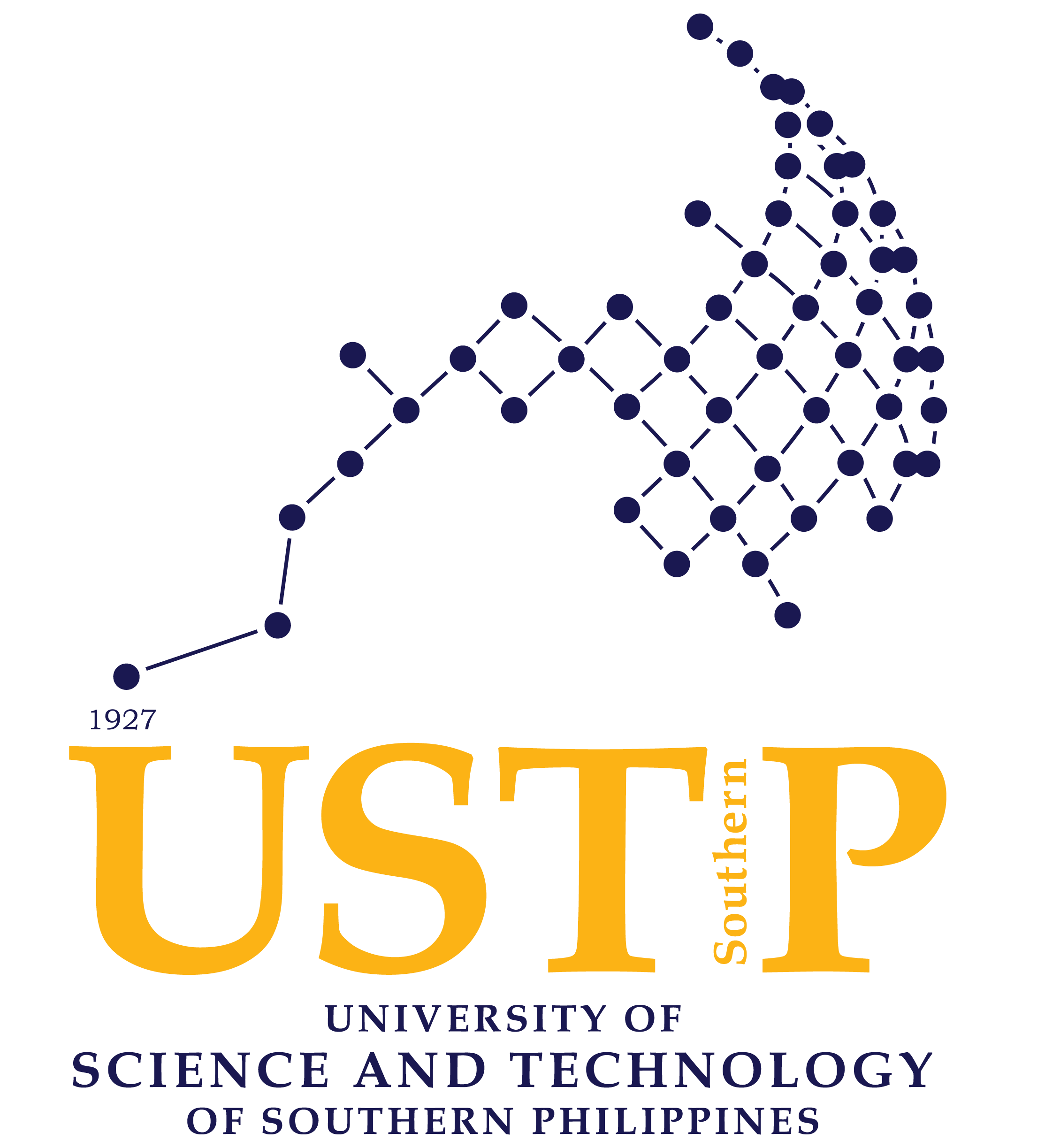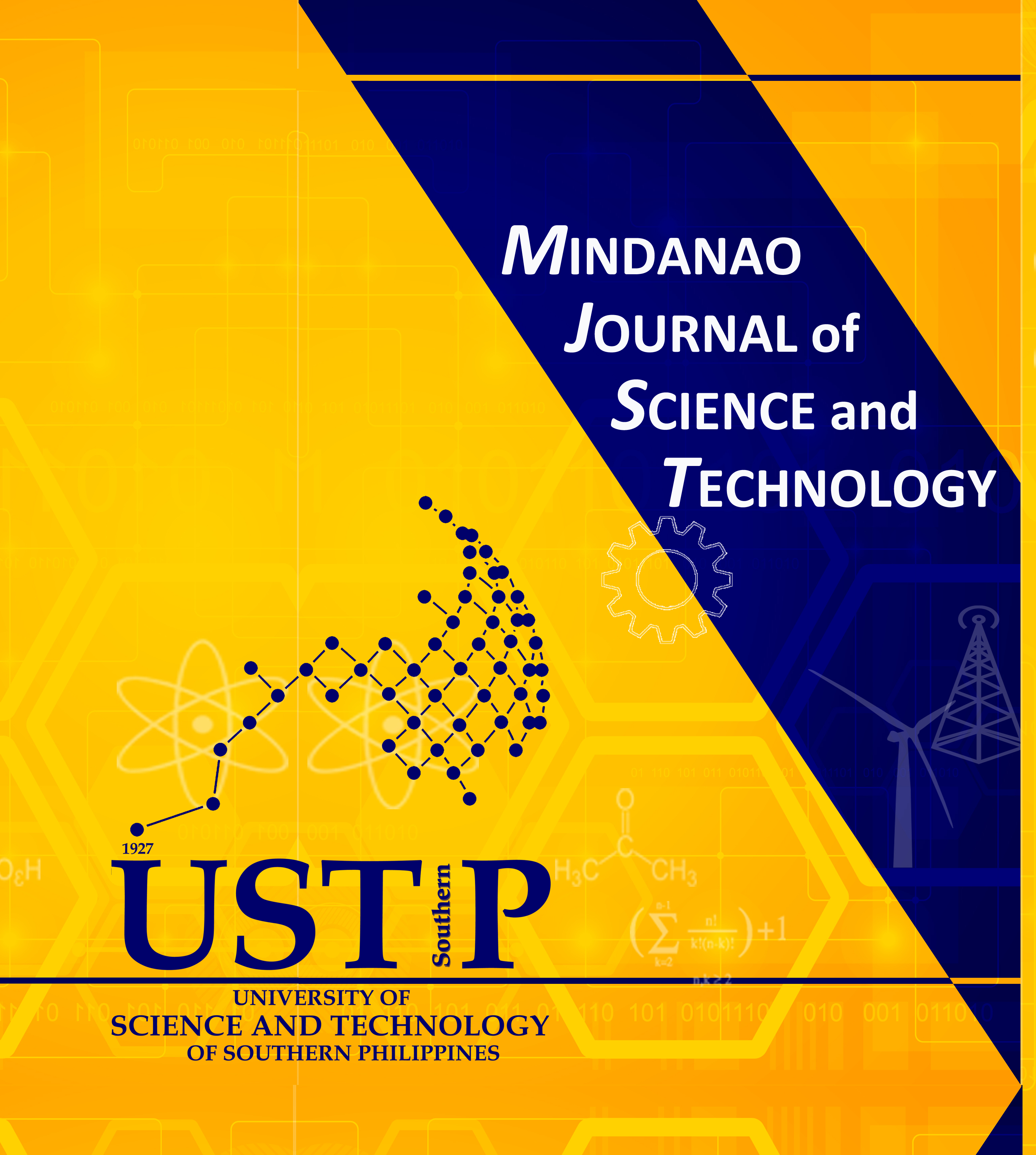[RETRACTED] Incidence of Intentional Contamination of Fabric Dye as Fraud in Fish Quality in Various Market Stalls in Misamis Oriental, Philippines
DOI:
https://doi.org/10.61310/mjst.v23i1.2381Keywords:
chemical contamination, fabric dye, fish fraud, fish freshness and quality fish spoilage, food safetyAbstract
Food adulteration refers to the intentional alteration of food to gain an economic advantage over the consumer. Color, appearance, taste, weight, and volume are some of these properties and characteristics that are deliberately changed. This study examines the incidence of deliberate contamination of fish sold at various fish stalls in Misamis Oriental, Philippines. The study's results revealed that various fish stalls located in different barangay communities are adding blue fabric dye to the storage containers holding iced water for the two fish species sold in the market: bigeye scad and sardine. The contaminated fish species showed light blue pigments in the skin and pectoral fins. Bluish and light green color pigmentation evident in the fish is hard to distinguish among consumers who have untrained and unfamiliar eyes. Furthermore, the fabric dye levels found in fish and their connection to three influencing variables: type of fish, market location, and sampling period. The statistical significance of p = 0.038 indicates that one or more predictor variables affect dye concentration levels in the analysis. Among the variables, only the type of fish showed a significant effect, with a negative coefficient (-99.78), suggesting that the kind of fish lowers the dye concentrations. The results showed market location (-11.44) and time of sampling (+54.48) as two variables without significant statistical relationships. Further research should include additional variables to better analyze the factors contributing to dye contamination in fish tissues.










